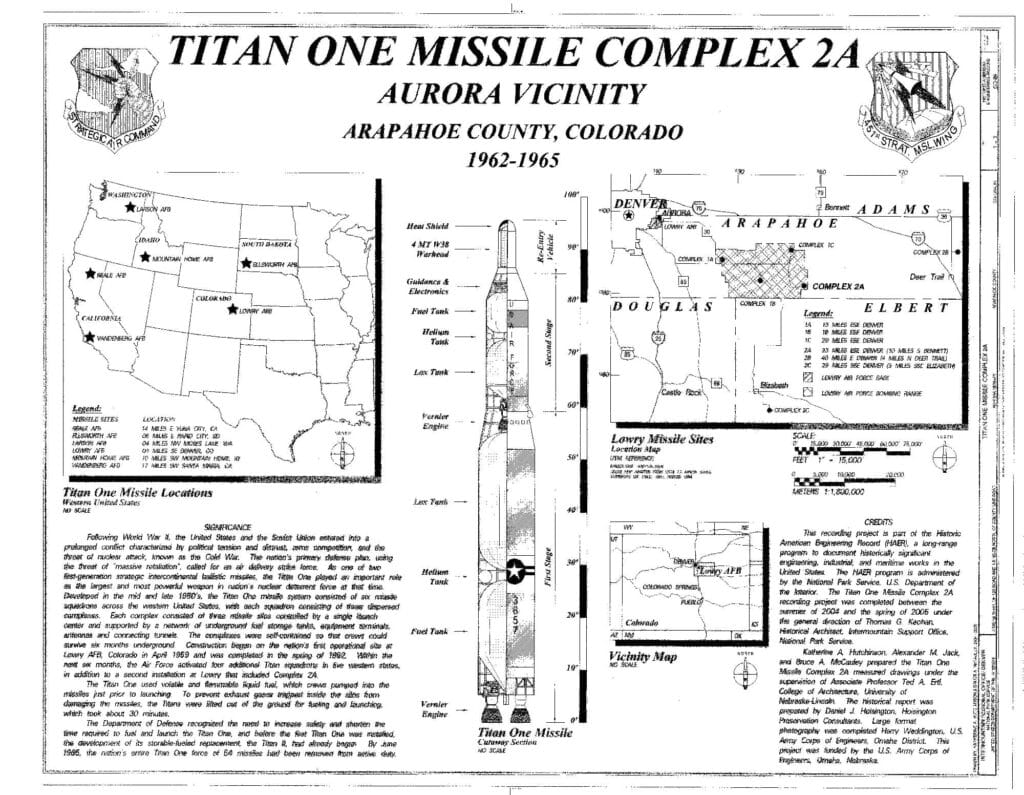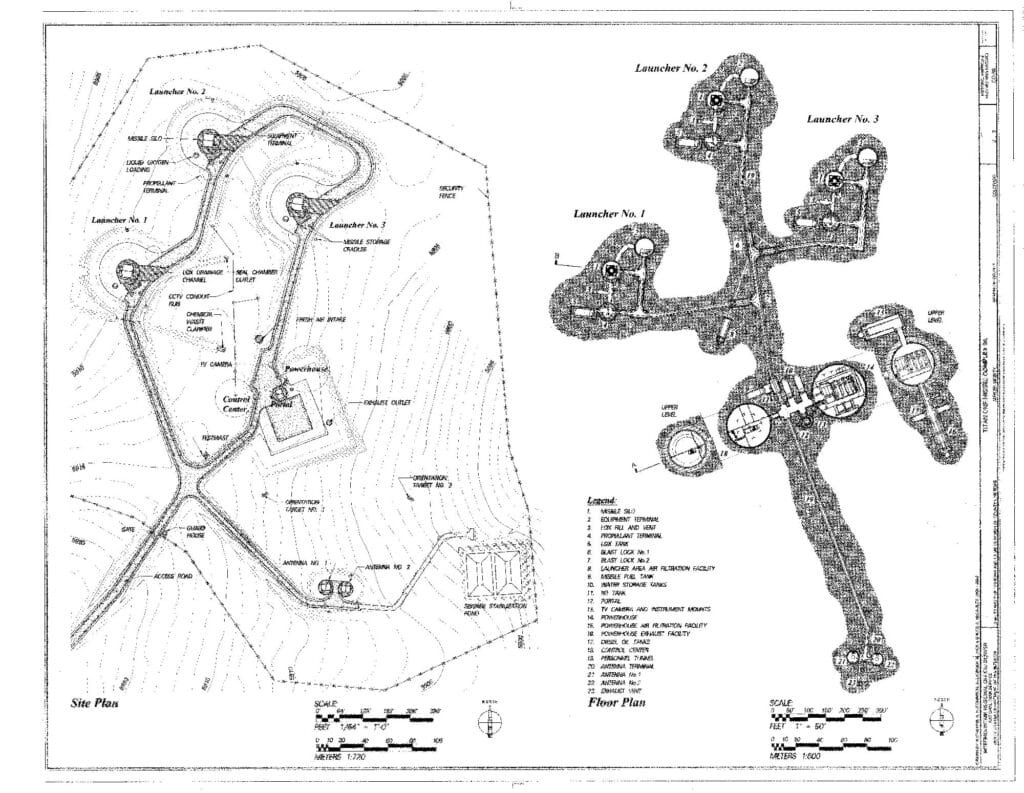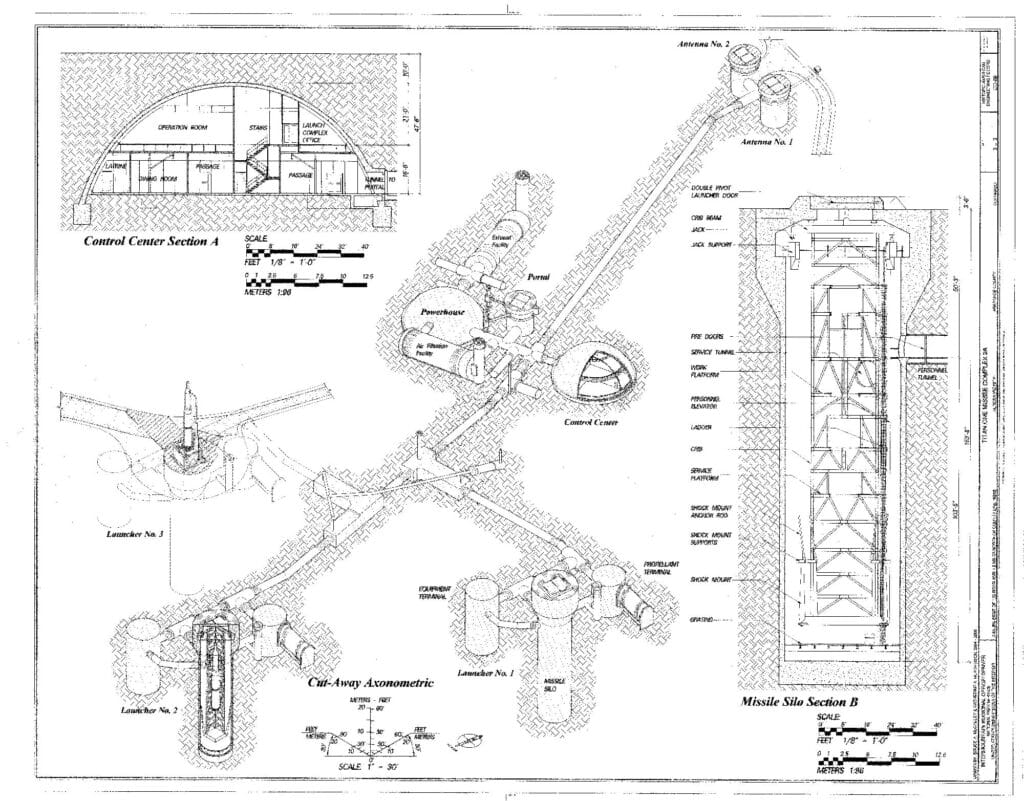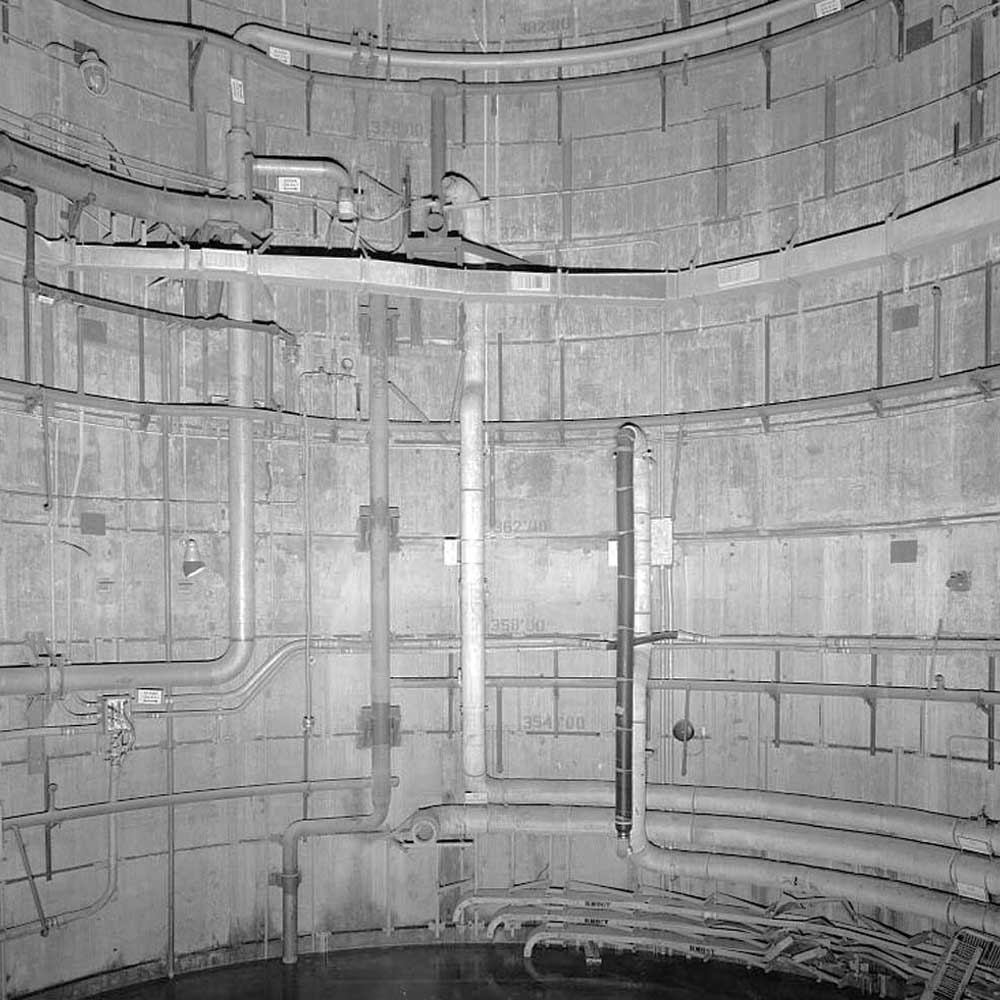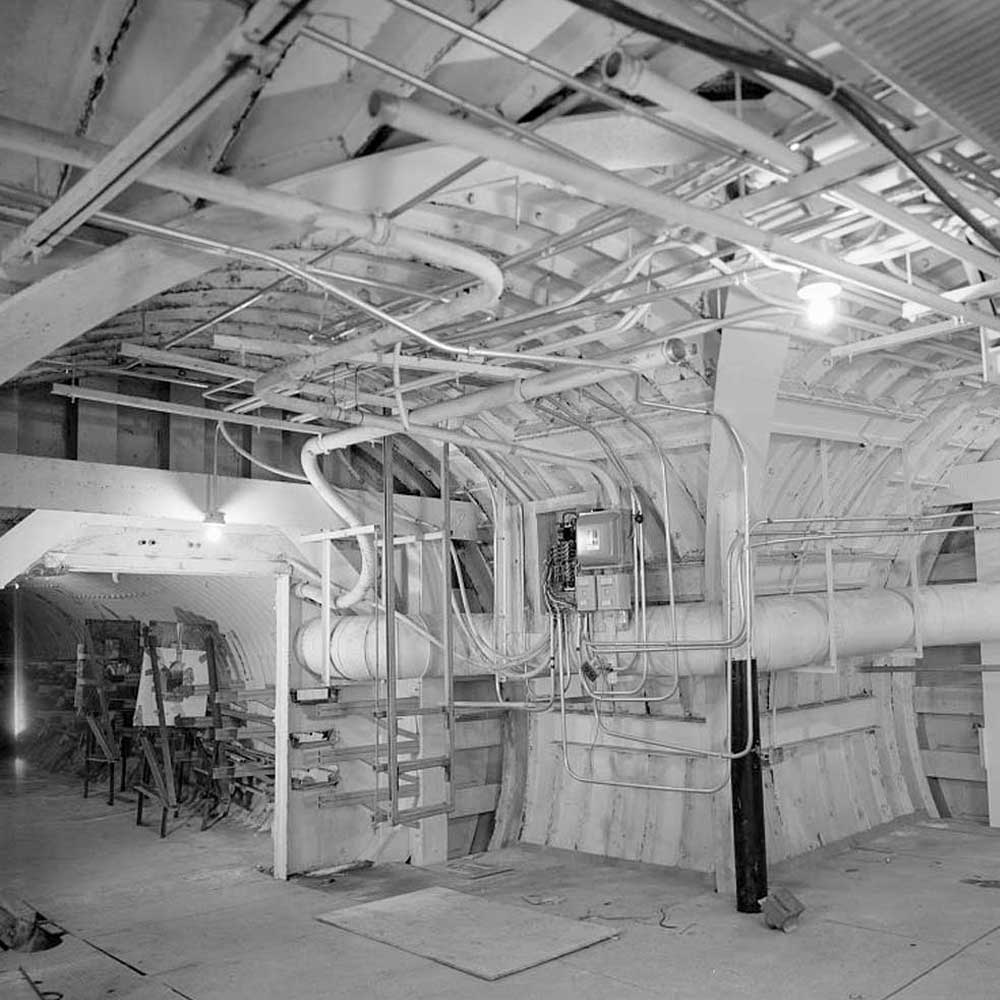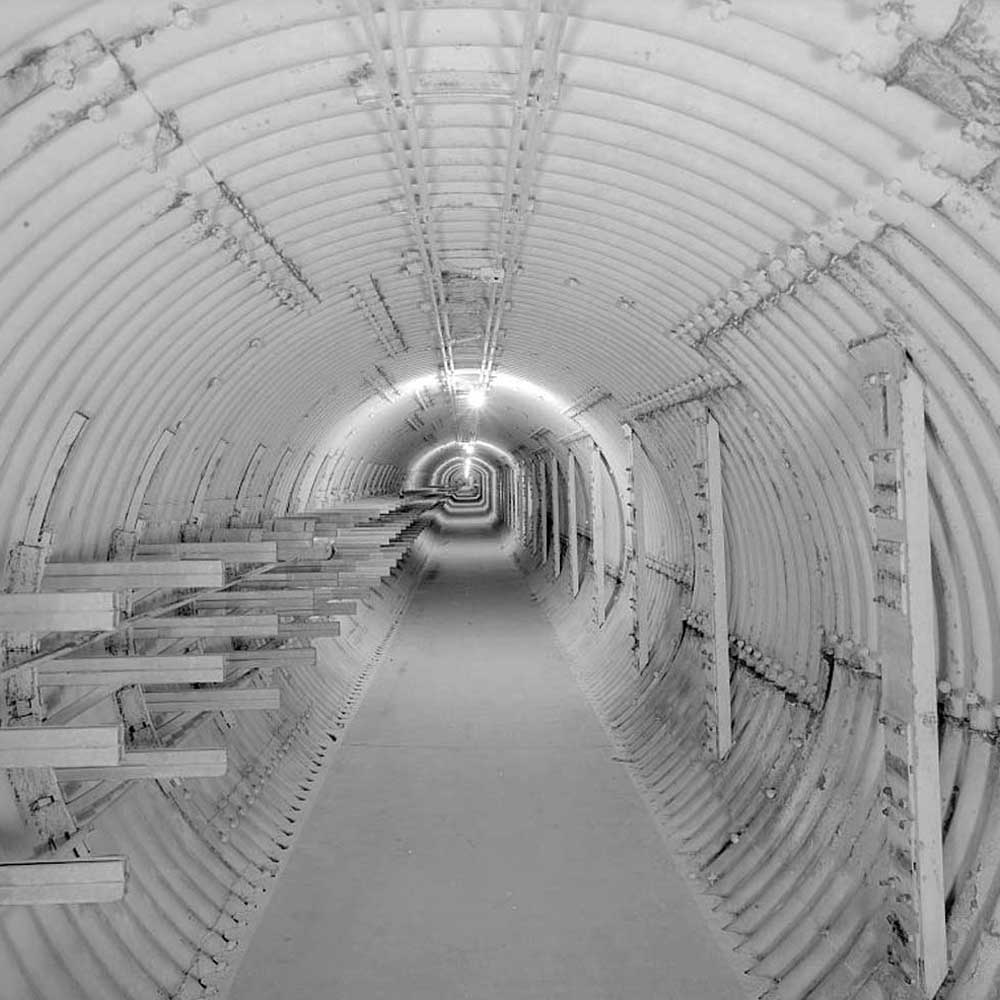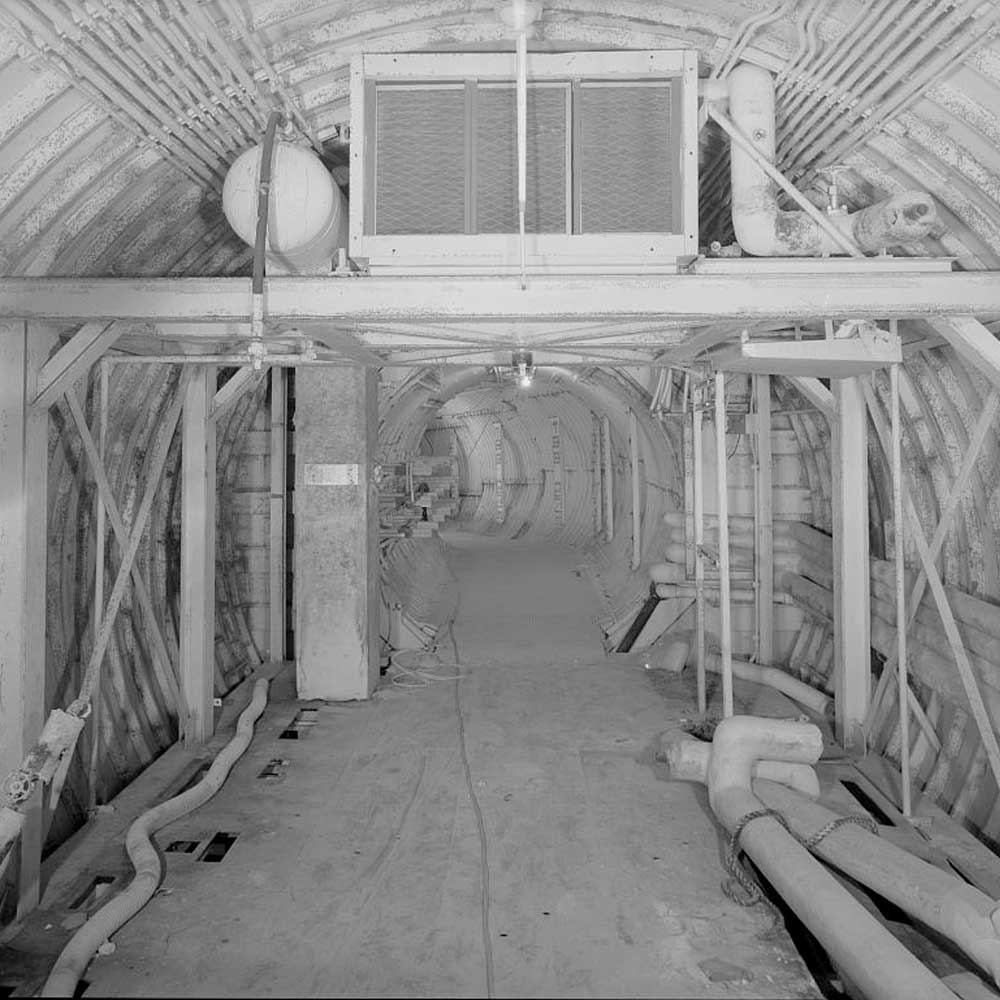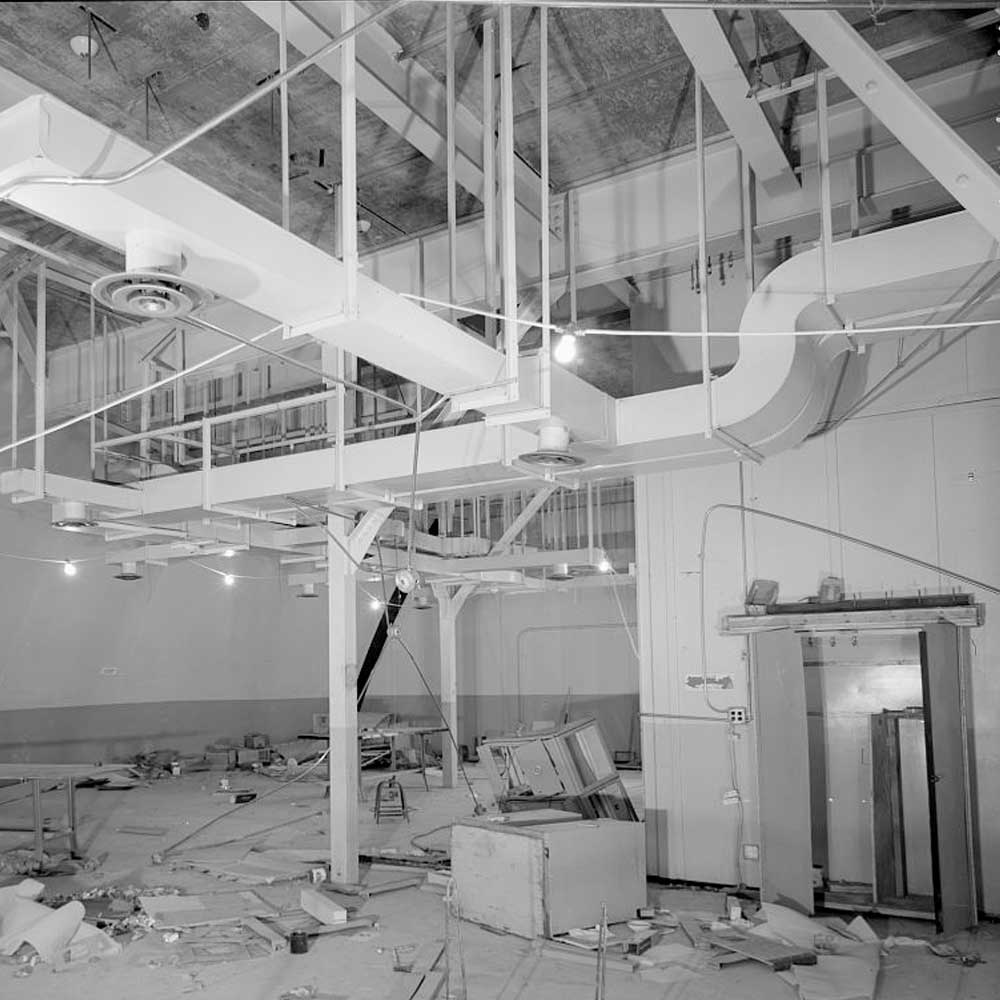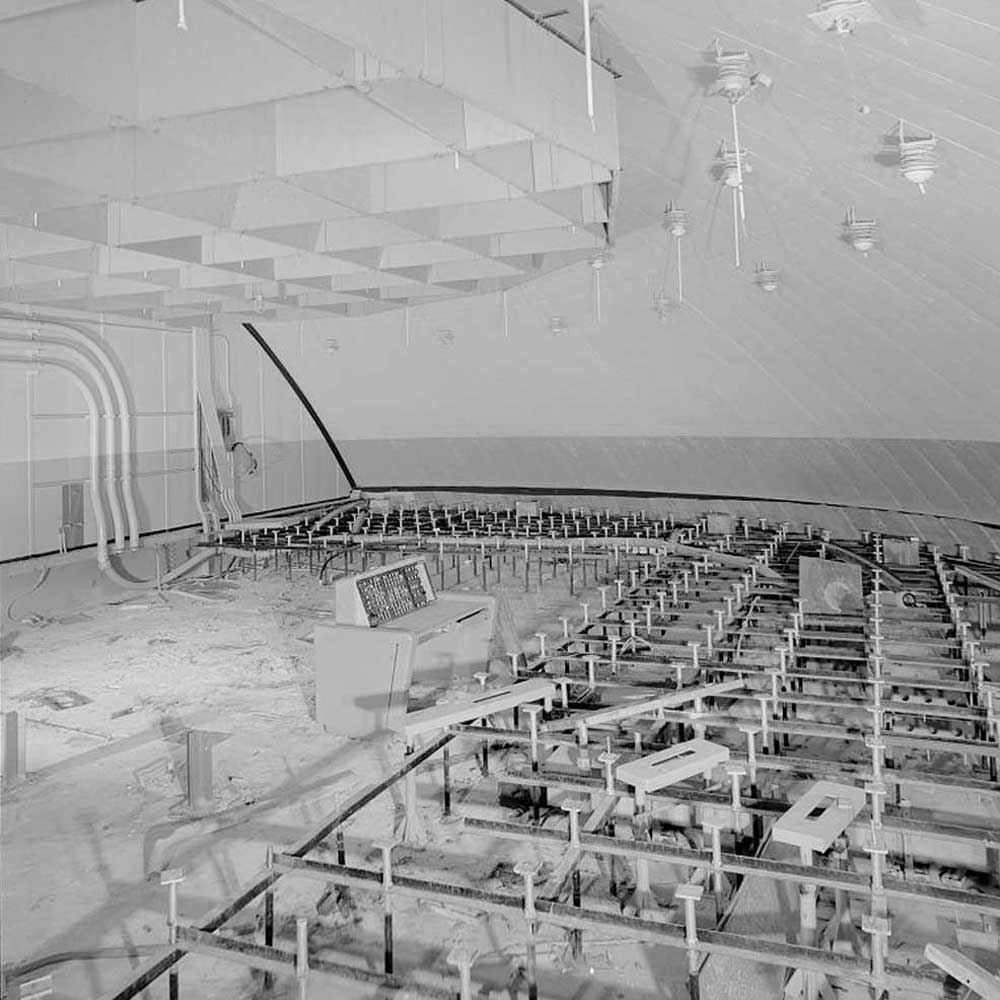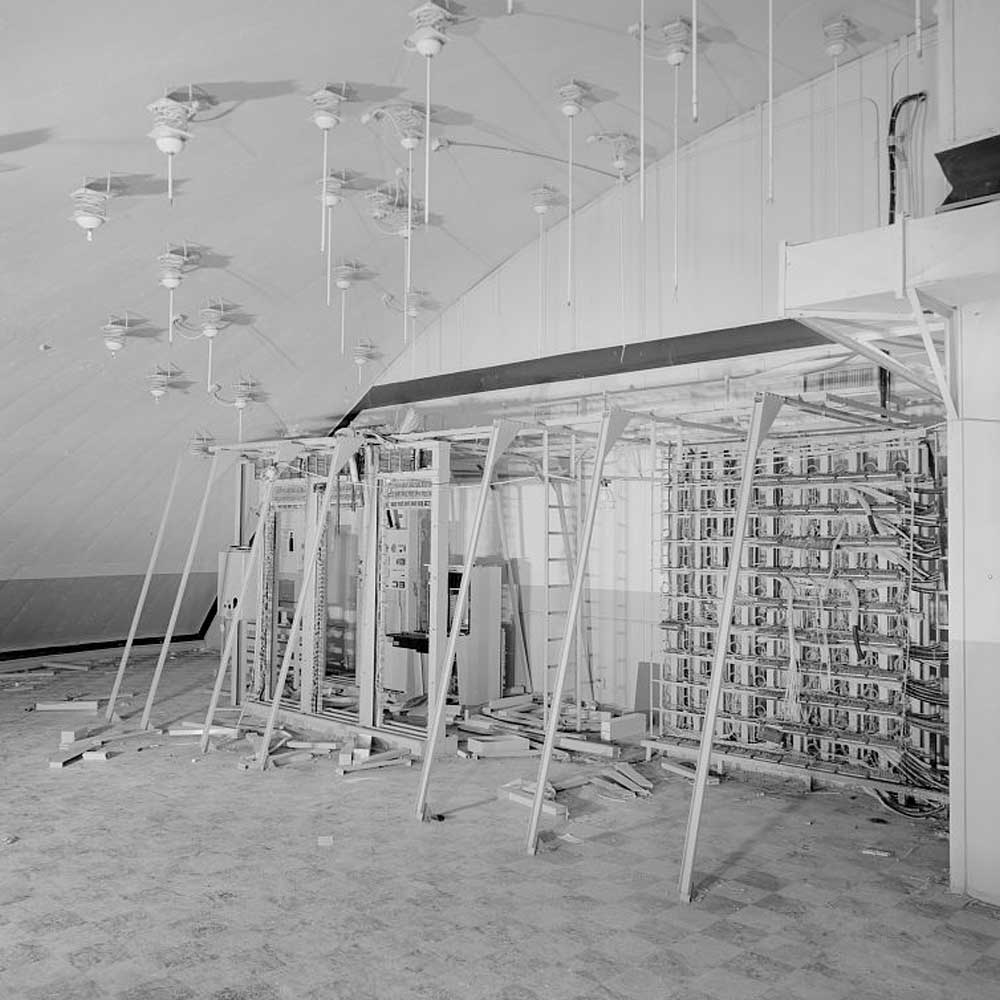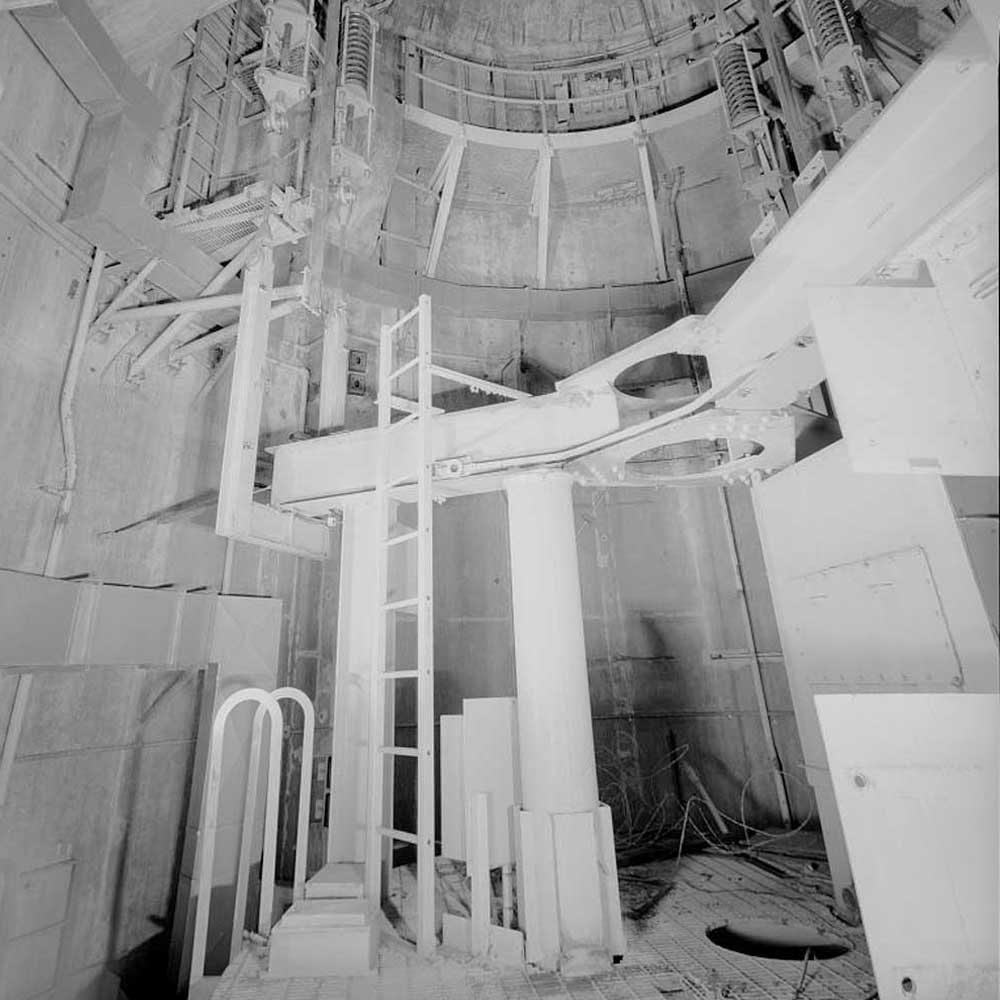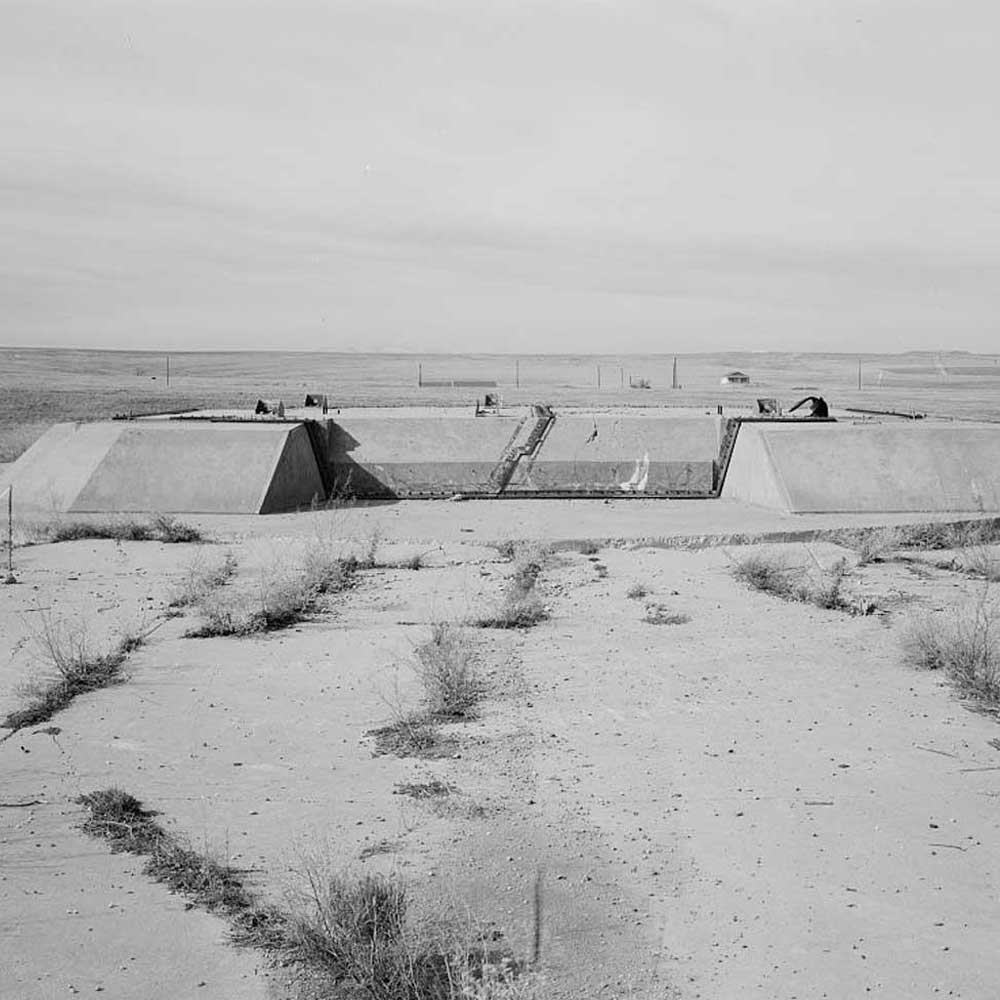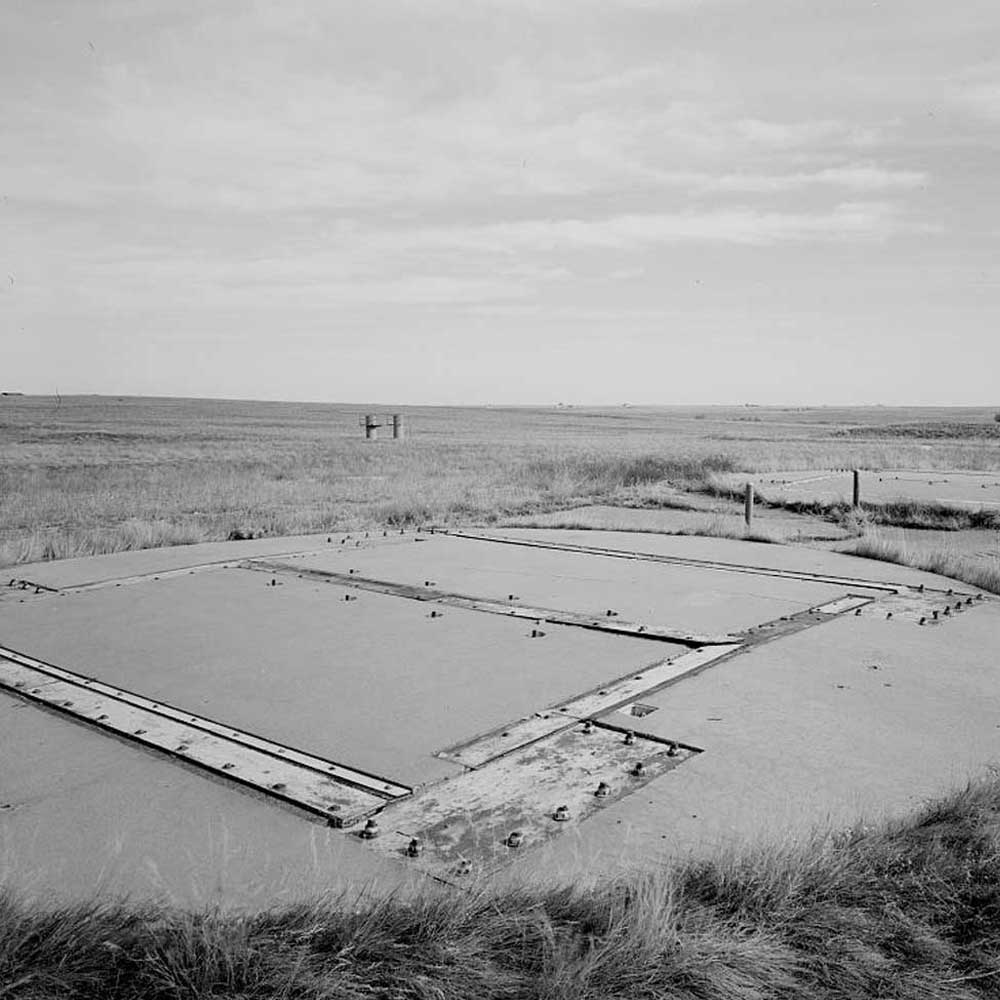TITAN ONE MISSILE COMPLEX


Joe’s description of his Titan One missile complex from Chapter 8 of POST-APOCALYPTIC JOE IN A CINEMATIC WASTELAND:
“My Titan One facility was amazing. There were three missile silos; each one around 158 feet deep and 40 feet in diameter, which included the two heavy blast doors. Tunnels interconnected all of the other buildings to the silos, and each of those buildings were nice-sized, too, with three 6,000 square foot equipment terminal buildings that had four stories each, a couple of 3,000 square foot six-story antenna silos, a 100-foot diameter control dome building, and a 130-foot power dome building. All of this helped the facility to operate with its own power, air filtration, sewer, and water. The U.S. government was even kind enough to make sure there were high-capacity water wells on the site. Of course, it wouldn’t be complete without a kitchen, bathrooms, and sleeping quarters, giving me 19 acres of underground awesomeness!”
So what are they really like?
The Titan Program
The Titan missile program was a United States Air Force initiative during the Cold War era. The Titan I and Titan II were intercontinental ballistic missiles (ICBMs) developed to carry nuclear warheads. Titan I became operational in the early 1960s, while Titan II entered service in the mid-1960s. These missiles were part of the United States’ strategic deterrent force.
Titan One Missile Complex
The Titan I missile complex, which was operational in the 1960s, consisted of various components and facilities. Below are the key parts of the Titan I missile complex:
- Launch Silo: The launch silo housed the Titan I intercontinental ballistic missile (ICBM). It was a vertical, underground structure designed to protect the missile and facilitate its launch.
- Missile: The Titan I missile itself was a two-stage rocket designed to carry a nuclear warhead. It had a range of approximately 5,500 kilometers (3,400 miles). The Titan held a nine megaton nuclear warhead, making it the largest ICBM ever deployed, and the most powerful single nuclear weapon in American history.
- Launch Control Center (LCC): The LCC was an underground facility located near the launch silo. It housed the launch control officers and the necessary equipment for monitoring and controlling the missile.
- Ground Support Equipment (GSE): Various ground support equipment was used to maintain and prepare the missile for launch. This included systems for fueling, guidance, and communication.
- Fueling Area: The Titan I missiles were liquid-fueled, using hypergolic propellants. The fueling area was where the missile received its propellants prior to launch.
- Service Tower: A retractable service tower surrounded the missile while it was in the launch silo. The tower provided access for maintenance and servicing of the missile.
- Antenna Field: An array of communication antennas was situated near the launch complex to facilitate communication between the launch control center and the missile.
- Security Measures: Various security measures, including fencing, security checkpoints, and personnel, were implemented to protect the missile complex.
Titan One Missile Complex Inside And Out
Titan One Missile Complexes | |
Base | Missiles Assigned |
| Beale AFB, California | 9 |
| Ellsworth AFB, South Dakota | 9 |
| Larson AFB, Washington | 9 |
| Lowry AFB, Colorado * | 9 |
| Lowry AFB, Colorado * | 9 |
| Mountain Home AFB, Idaho | 9 |
* Lowry AFB had two Strategic Missile Squadrons, with three Titan 1 Missile Complexes each.
SEASON TWO
For Rad Members Only
Read it as a serial while it’s being written!
NEW CHAPTER EVERY FRIDAY
RAD (AKA RADIOACTIVE) MEMBERS

$5
a Month
This tier is so hot, it’s radioactive:
- Early access to WIP of Post-Apocalyptic Joe in a Cinematic Wasteland – +4 WEEKS EARLY
- Ebook copy of published books
- Digital copy of published audiobooks
- Credited in Current Published Books (eBooks & Print)
- And, of course, my eternal gratitude.

